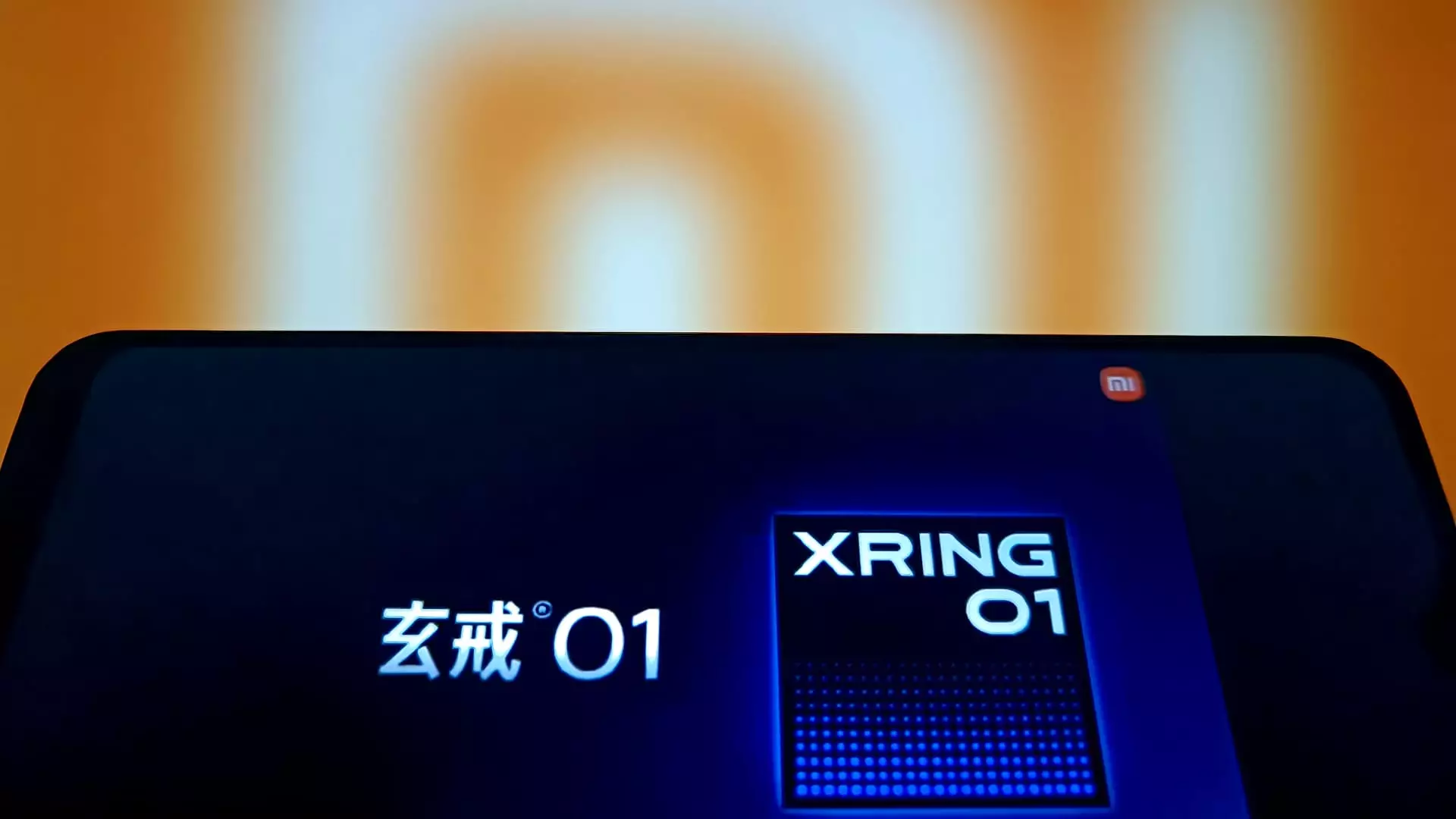Xiaomi has long been considered a disruptor in the smartphone market, but with the launch of the Xiaomi 15S Pro, the company is redefining competition by directly targeting Apple’s iPhone with not just a cheaper alternative, but also a device that boasts commendable technological advancements. Priced at 5,499 yuan (approximately $764), it is significantly under Apple’s iPhone 16 Pro, which starts at 7,999 yuan ($1,065). This drastic price disparity puts Xiaomi in a position of not just competing but potentially winning over a significant segment of price-sensitive consumers.
Xiaomi’s smart pricing strategy is a deliberate maneuver aimed at capturing the growing middle class in China and beyond, who desire premium features but are reluctant to empty their wallets on high-end devices. The allure of state-subsidized discounts further sweetens the deal, making Xiaomi appear even more appealing. Xiaomi is essentially flipping the conventional wisdom of premium pricing on its head, injecting innovation into affordability.
Xiaomi’s Claim to the Chip Crown
Xiaomi is staking a bold claim in the semiconductor arena, asserting that its newly developed Xring O1 chip outperforms Apple’s A18 Pro in several technical metrics. Claims such as improved thermal efficiency while gaming could resonate with tech-savvy users who value performance along with aesthetics. While these assertions remain unverified, Lei Jun, Xiaomi’s CEO, seems undeterred, confidently challenging Apple in a realm that many saw as impenetrable for Chinese manufacturers.
This aggressive posture is a double-edged sword; while it showcases Xiaomi’s ambition, it also invites scrutiny and skepticism. If Lei’s assertions crumble under rigorous analysis, Xiaomi risks appearing brash rather than innovative. Nevertheless, the company’s commitment to spend 200 billion yuan on research and development over the next five years is a long-term bet that may yield substantial dividends.
Political Tensions and Economic Implications
Moreover, the geopolitical landscape adds layers of complexity to Xiaomi’s ambitions. The United States has constrained China’s access to cutting-edge semiconductor technologies, making it increasingly difficult for companies like Xiaomi to compete on even footing. These restrictions could act as a double filter: they may stifle competition from Chinese firms in the short term while simultaneously spurring homegrown innovation. Xiaomi will have to grapple with challenges that arise not just from market dynamics, but from diplomatic relations as well.
In this light, Lei’s focus on the Xring O1 chip and its development is not merely a matter of corporate competitiveness—it represents a significant pivot in China’s tech landscape. For Xiaomi to succeed amidst these barriers, it must not only produce a competitive chip but also promote it effectively within markets wary of Chinese technology products.
The Broader Picture: Xiaomi’s Ecosystem Strategy
Beyond smartphones, Xiaomi is positioning itself as a technology ecosystem powerhouse, venturing into electric vehicles, smart home devices, and beyond. The recent unveiling of the SU7 electric car at a price point designed to undercut competitors like Tesla exemplifies this strategy. This extension into automobiles signals Xiaomi’s ambition to dominate not only in mobile technology but also in everyday consumer electronics.
However, the challenges are manifold; issues like the recent accident involving the SU7 raise concerns about safety and reliability that must be addressed if the company is to gain consumer trust. As it aims for its electric vehicles to rival established brands, Xiaomi has to tread carefully, balancing aggressive innovation with consumer expectations for safety and performance.
A Spotlight on Revenue Growth and Market Strategy
Xiaomi’s business trajectory reflects a company that is maturing but still holds considerable room for growth. With overseas markets accounting for 42% of total revenue, the company is not just a domestic player—it has sights set on becoming a global brand. This international focus could prove lucrative, especially as consumers outside China become aware of Xiaomi’s competitive pricing and offerings.
While Xiaomi has experienced a sharing surge in its stock price—up over 50% year-to-date—the sustainability of this growth hinges on its ability to maintain quality while scaling operations. The juxtaposition of record revenues alongside a plummeting vehicle delivery rate raises questions about operational efficiency. As the company seeks to navigate this duality, it must confront the challenges of managing a complex supply chain while also innovating across different sectors.
Xiaomi’s ambitious trajectory places it at a critical juncture between innovation and market reality. As it challenges the entrenched giants of the tech world, particularly Apple, the company will be watched closely by consumers and competitors alike. In this race for supremacy, only time will tell if Xiaomi can sustain its momentum and deliver on its bold claims.

